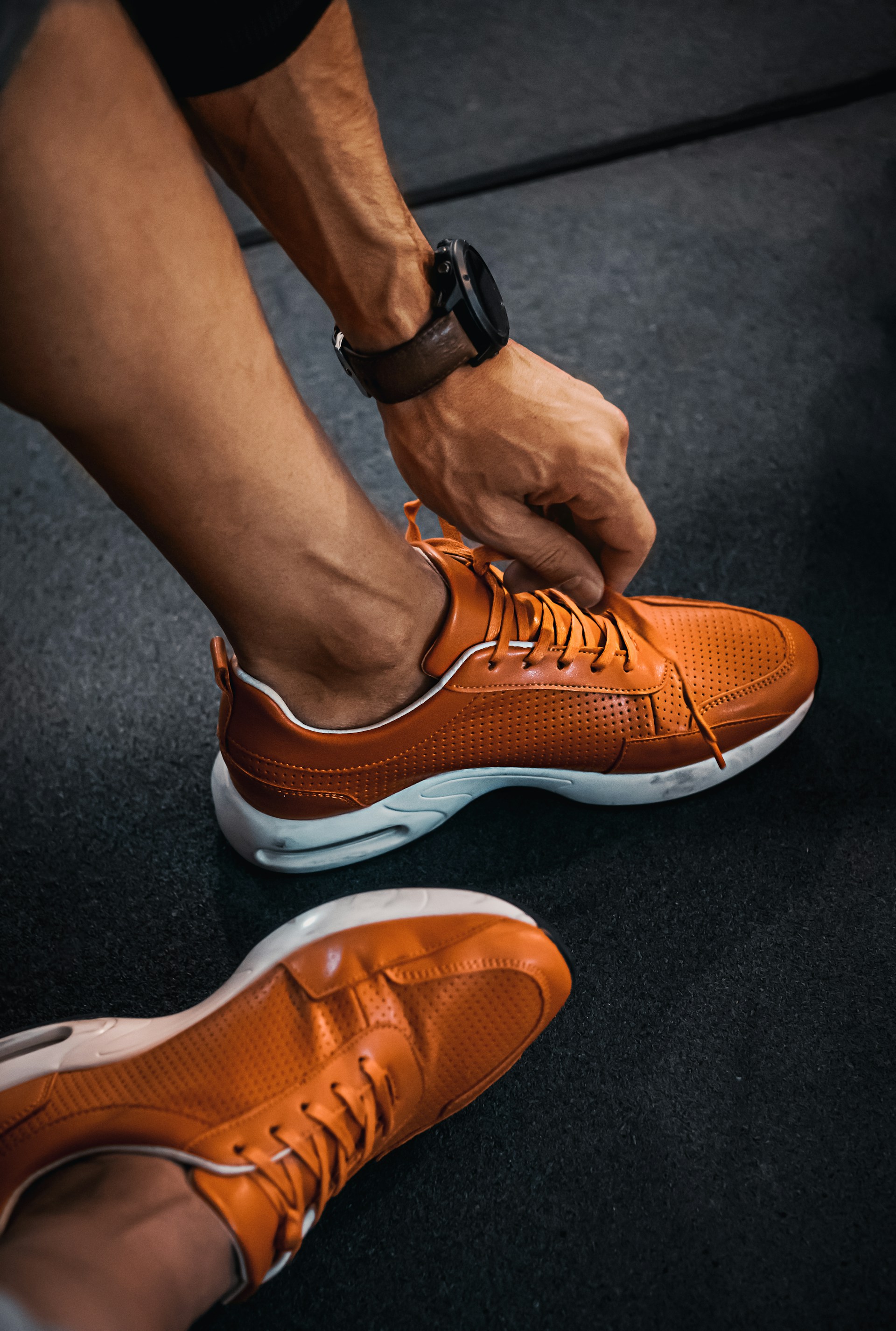In the early 2000s, Garmin was a household name. Its sleek GPS devices were essential tools for drivers, providing the company with almost 70% of its revenue. But in just a few years, the rise of smartphones with built-in GPS—especially after the launch of the iPhone 3G in 2008—made standalone navigation devices seem obsolete. Once valued at over $20 billion, Garmin’s stock plunged nearly 80% in a span of about 12 months. Industry analysts declared it a dinosaur, bound for extinction.
Yet fast forward to 2024, and Garmin is not only alive—it’s thriving. The company posted record revenue of $6.3 billion, with its fitness and outdoor segments contributing over $3.7 billion, nearly 60% of its total earnings. So how did a company seemingly killed by technological disruption come back stronger than ever?
Rewinding the story to the company’s golden days in 2008, Garmin shipped 16.9 million personal navigation devices and controlled 36% of the global Personal Navigation Device (PND) market. That year alone, it generated $3.5 billion in revenue—70% of it from car GPS units.
But the timing couldn’t have been worse. In the same year, Apple launched the iPhone 3G, which came preloaded with Google Maps and built-in GPS. Android phones followed shortly after. Consumers no longer needed to spend hundreds of dollars on standalone GPS units—they already had navigation in their pockets.
Garmin’s board first reaction was typical of incumbents: it tried to compete directly. Hence in 2009, it launched the nüvifone, a smartphone resulting from an open innovation partnership with Asus. But the device was underpowered, overpriced, and too late. Needless to say it flopped. Garmin continued down the path of competing head on with Apple and Android for at least 2 more years through other iterations of nüvifone.
However, the writing was on the wall. The car GPS market, Garmin’s bread and butter, was in freefall and the ‘fast follower’ strategy still praised by so many consultants today as a way of dealing with disruption, wasn’t paying off.
The company was at a crossroads: fade into irrelevance or find a new and fresh direction.
As the nüvifone storywas unraveling, in the background, a small side project from a group of employees was brewing. Garmin had launched its first wearable GPS device—the Forerunner 101—back in 2003. It was chunky, niche, and mostly ignored at the time by the mainstream market with sales amounting for less than $400 mil. from the entire range.
But in a world where runners, cyclists, and outdoor athletes were starting to track their performance digitally, it held promise.
In the years after the iPhone’s debut and the nüvifone fiasco, Garmin nearly doubled its R&D team, growing engineering to over 30% of its workforce. It released rugged, data-rich devices like the Fenix series and Forerunner, capable of tracking not just steps or heart rate, but advanced metrics like lactate threshold, VO2 max, training load, and vertical oscillation. All able to trace their origin to the Forerunner 101.
So when the iWatch was launched in 2015, Garmin was ready. Not only from an engineering and product perspective but also from the perspective of the lessons learned during the initial disruption wave brought on by the iPhone. So rather than compete directly with Apple or Samsung in the mass smartwatch market, Garmin doubled down on specialization. It decided to build the best possible tool for athletes, not the average consumer, starting from the Fenix range. The pivot was clear: Garmin wouldn’t try to be ok-ish for everyone—it would be perfect for someone.
It also innovated beyond wearables. Garmin’s outdoor and marine divisions developed advanced hiking GPS devices, satellite communicators, solar-powered watches, fish finders, and even in-dash navigation systems for boats and airplanes.
By 2024, Garmin’s decision to focus on the niche of athletes and outdoor adventurers had clearly paid off:
- Fitness revenue reached $1.77 billion, growing 32% year-over-year.
- Outdoor revenue hit $1.96 billion, up 16% year-over-year.
- Garmin now holds nearly 11% of the global smartwatch market by revenue, even if its overall unit market share is small.
- It dominates the premium smartwatch segment (over $500) and is the third-largest smartwatch company by revenue, behind only Apple and Samsung.
- The company’s gross margin reached 58.7%, and operating income surged 46% to $1.59 billion.
Investors have taken notice. Garmin’s stock has nearly doubled over the past year, outperforming peers in both tech and consumer electronics.
Garmin’s comeback story isn’t just inspiring—it’s instructional. Any organization aiming to lead its industry—especially incumbents facing disruption—can draw learn from five strategy lessons in how Garmin executed its strategic pivot and successfully built a new growth curve:
1. As an incumbent, don’t fight the disruptors of your industry head on
Rather than pursuing a ‘fast follower’ strategy or creating a strategy around price competitiveness by being a “cheaper Apple Watch”, Garmin focused its strategy on an underserved niche market: runners and outdoor adventurers.
This focus allowed them to deliver far more depth, performance, and customization than generalist competitors. While at the same time freeing up resources.
2. Deprirotize your legacy products until you reach the next S-Curve
Even though GPS devices had built Garmin’s empire in the beginning, the company had to master the discipline of letting those go while they were pursuing the new strategy.
This strategic humility allowed the company to move into its new S-curve that was presenting a stronger long-term potential.
Once the new strategy was delivering results the company started readdressing the legacy segments, but this time with lessons learned from the new strategic direction.
3. Double down on innovation
While many listed companies in decline respond impulsively by cutting OPEX and optimizing cost centers such as innovation; Garmin took the opposite route—doubling down on innovation.
Rather than scaling back, it invested heavily in R&D and leaned into the team that had developed its first wearable, the Forerunner 101. At the same time, Garmin maintained select product lines that had only modest financial impact because they served as valuable sandboxes. These allowed the company to test new technologies, better understand customer behavior, and refine its approach —ultimately helping shape its new direction.
This commitment not only led to the creation of rugged, specialized devices for serious athletes and outdoor adventurers, but also gave Garmin the capabilities it needed to explore and execute a bold new strategic direction. By prioritizing innovation over retrenchment, Garmin didn’t just survive disruption—it used it as a springboard for reinvention.
4. Treat your strategy as an experiment not a roadmap
Instead of treating strategy as a rigid roadmap, Garmin used its R&D and innovation capabilities as a compass—experimenting its way out of crisis rather than trying to plan its way out. During this period, innovation wasn’t just about launching new products; it became a vehicle for learning. Early wearable devices, like those in the Forerunner and Fenix lines, served as real-world testbeds to gauge customer behavior, validate the feasibility of emerging technologies, and refine product-market fit in active lifestyle and performance niches.
This iterative approach allowed Garmin to de-risk its strategic pivot. By the time the company fully committed to the fitness and outdoor wearables market, it had already gathered enough insight and market validation to move with confidence. In essence, Garmin didn’t leap blindly into a new growth curve—it prototyped its way there.
5. Focus on your strengths not your weaknesses
Garmin didn’t abandon what it knew—it redirected its GPS expertise into specialized markets where precise navigation still mattered.
Its core technology became the backbone for growth in aviation, marine, cycling, and wearables. From flight decks to bike computers and rugged smartwatches, Garmin extended its strengths into high-value niches where it could lead, not follow.
Garmin’s story is a powerful reminder that companies don’t die from disruption—they die from denial. When smartphones upended its market, Garmin didn’t double down on dying products or try to imitate Apple. It looked inward, found what it was uniquely good at, and asked, “Who really needs this?” Then it built for them—and built well.
The result? A tech company that was once left for dead is now one of the most respected, profitable, and durable brands in wearables and outdoor technology.
In a world obsessed with mass appeal, Garmin proved the power of specialization.
This article was originally posted on the OUTCOME blog.
References
https://www.cnbc.com/2020/10/06/how-garmin-survived-the-iphone-and-started-growing-again.html
https://d3.harvard.edu/platform-digit/submission/garmins-navigation-to-a-new-business-segment-fitness-wearables/
https://www.forbes.com/sites/alexknapp/2016/09/14/how-garmin-mapped-out-a-new-direction-with-fitness-wearables/
https://techsoda.substack.com/p/from-recovery-to-reinvention-jay
https://www.garmin.com/en-US/newsroom/
https://www.youtube.com/watch?v=EpXhY085yfQ
https://www.garmin.com/en-US/newsroom/press-release/automotive/2010-Garmin-Asus-nvifone-A50-An-Android-Smartphone-with-More-Location-Technology-Than-Any-Other-Smartphone/
https://pbeckman.substack.com/p/garmins-40b-pivot
https://www.garmin.com/en-US/newsroom/press-release/corporate/garmin-announces-fourth-quarter-and-fiscal-year-2024-results/
https://www.garmin.com/en-US/p/231/




